Increasing Automotive Production
The automotive industry is a significant consumer of steel ingots, which are essential for manufacturing various vehicle components. In 2025, the automotive sector is expected to witness a production increase of approximately 4%, driven by rising consumer demand for vehicles. This growth is likely to propel the Steel Ingots Market, as manufacturers require high-quality steel for parts such as chassis, body panels, and engine components. Furthermore, the shift towards electric vehicles, which often utilize advanced steel grades for lightweighting, may further enhance the demand for steel ingots. As automotive production ramps up, the Steel Ingots Market is poised to benefit from this upward trajectory, reflecting the interconnectedness of these two vital sectors.
Sustainability and Recycling Trends
Sustainability trends are increasingly shaping the Steel Ingots Market, as manufacturers seek to reduce their environmental footprint. The emphasis on recycling steel has gained momentum, with the recycling rate for steel reaching approximately 85% in recent years. This trend not only conserves resources but also reduces energy consumption in steel production. In 2025, the demand for recycled steel ingots is expected to rise, driven by both regulatory pressures and consumer preferences for sustainable products. As companies adopt greener practices and invest in recycling technologies, the Steel Ingots Market is likely to evolve, reflecting a shift towards more sustainable production methods and materials.
Government Infrastructure Investments
Government investments in infrastructure development are a crucial driver of the Steel Ingots Market. In 2025, many countries are expected to allocate substantial budgets for infrastructure projects, including roads, bridges, and public transportation systems. These initiatives not only aim to improve connectivity but also stimulate economic growth. The demand for steel ingots is likely to surge as these projects require vast quantities of steel for construction and reinforcement. For instance, it is projected that infrastructure spending could increase by 6% in key markets, directly impacting the Steel Ingots Market. Such investments create a favorable environment for steel manufacturers, ensuring a steady demand for their products.
Rising Demand from Construction Sector
The construction sector plays a pivotal role in driving the Steel Ingots Market. With urbanization and population growth, the demand for residential and commercial buildings continues to surge. In 2025, the construction industry is projected to grow at a rate of 5.5% annually, leading to an increased requirement for steel ingots. These ingots serve as a fundamental raw material for various construction applications, including beams, columns, and reinforcements. As infrastructure projects expand, the Steel Ingots Market is likely to experience heightened demand, reflecting the sector's reliance on steel for structural integrity and durability. Furthermore, government initiatives aimed at enhancing infrastructure are expected to bolster this trend, creating a robust environment for steel ingot production and consumption.
Technological Innovations in Steel Production
Technological advancements in steel production processes are significantly influencing the Steel Ingots Market. Innovations such as electric arc furnaces and continuous casting techniques have improved efficiency and reduced production costs. In 2025, it is estimated that these technologies could enhance production capacity by up to 20%, allowing manufacturers to meet the growing demand more effectively. Additionally, the integration of automation and artificial intelligence in production lines is streamlining operations, minimizing waste, and ensuring higher quality outputs. As these technologies become more prevalent, they are likely to reshape the competitive landscape of the Steel Ingots Market, enabling companies to respond swiftly to market fluctuations and consumer needs.


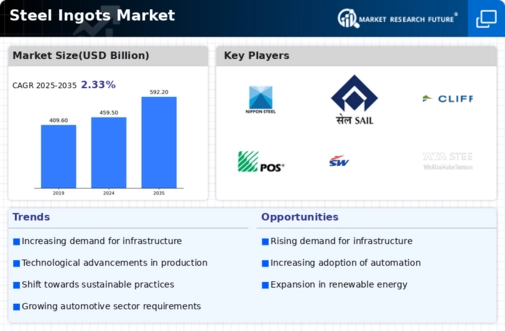
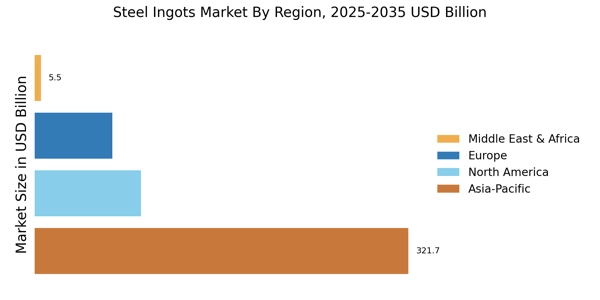

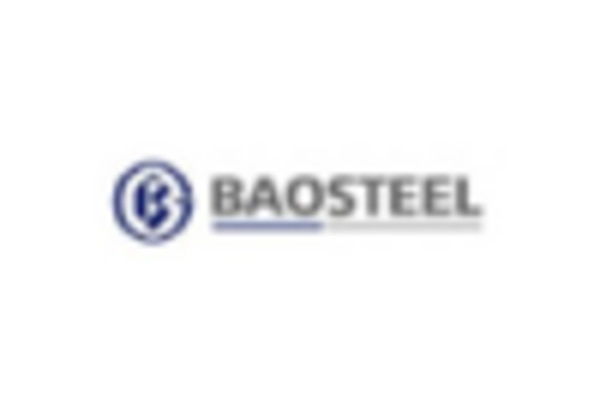
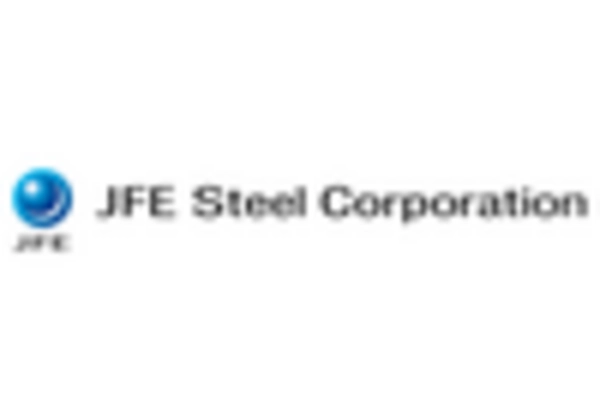
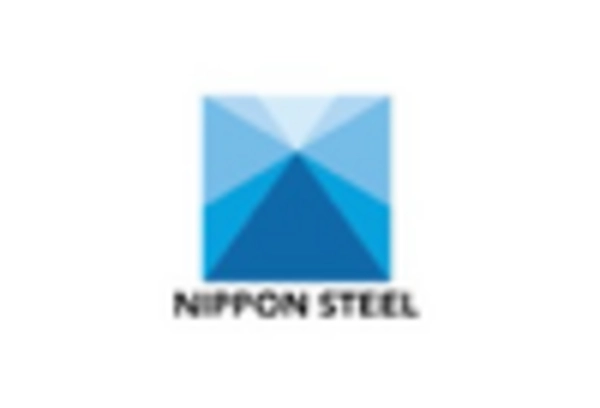
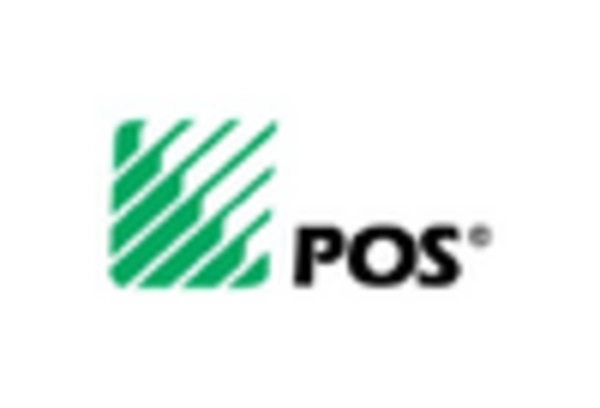
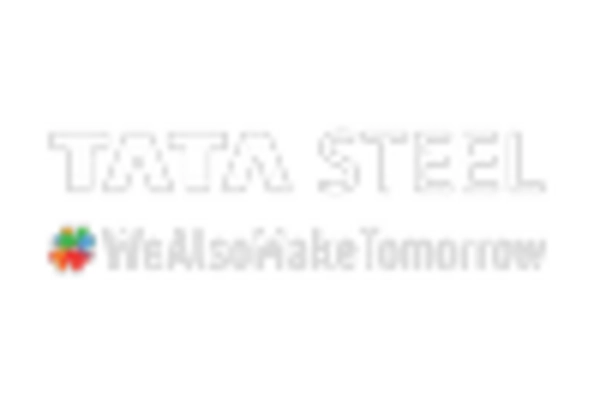








Leave a Comment